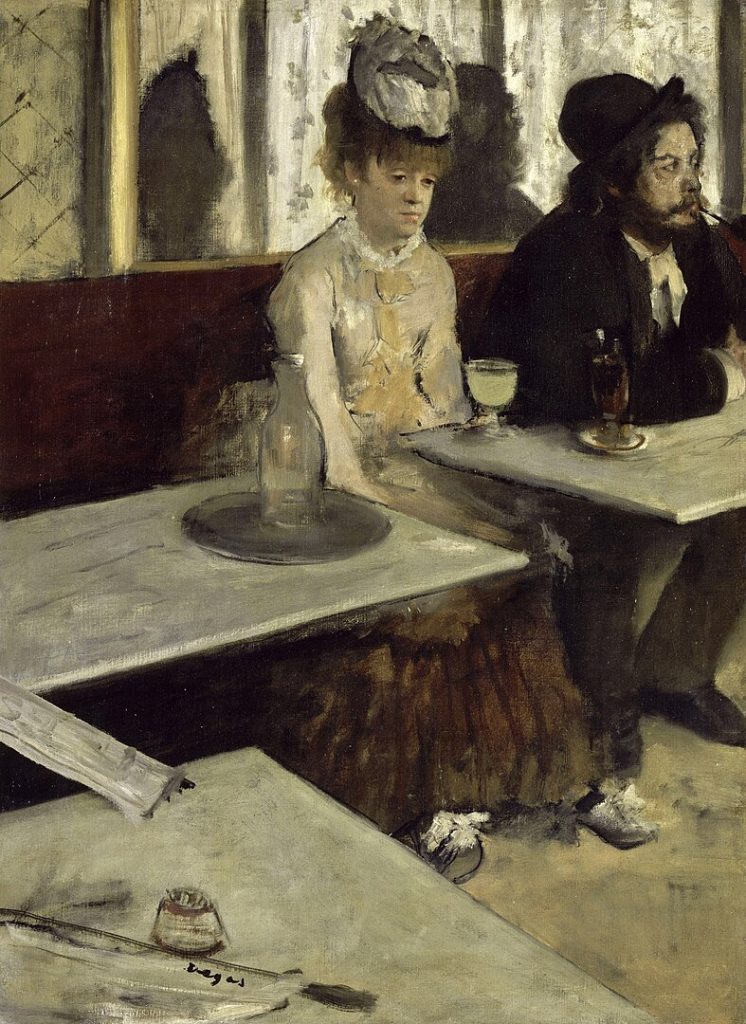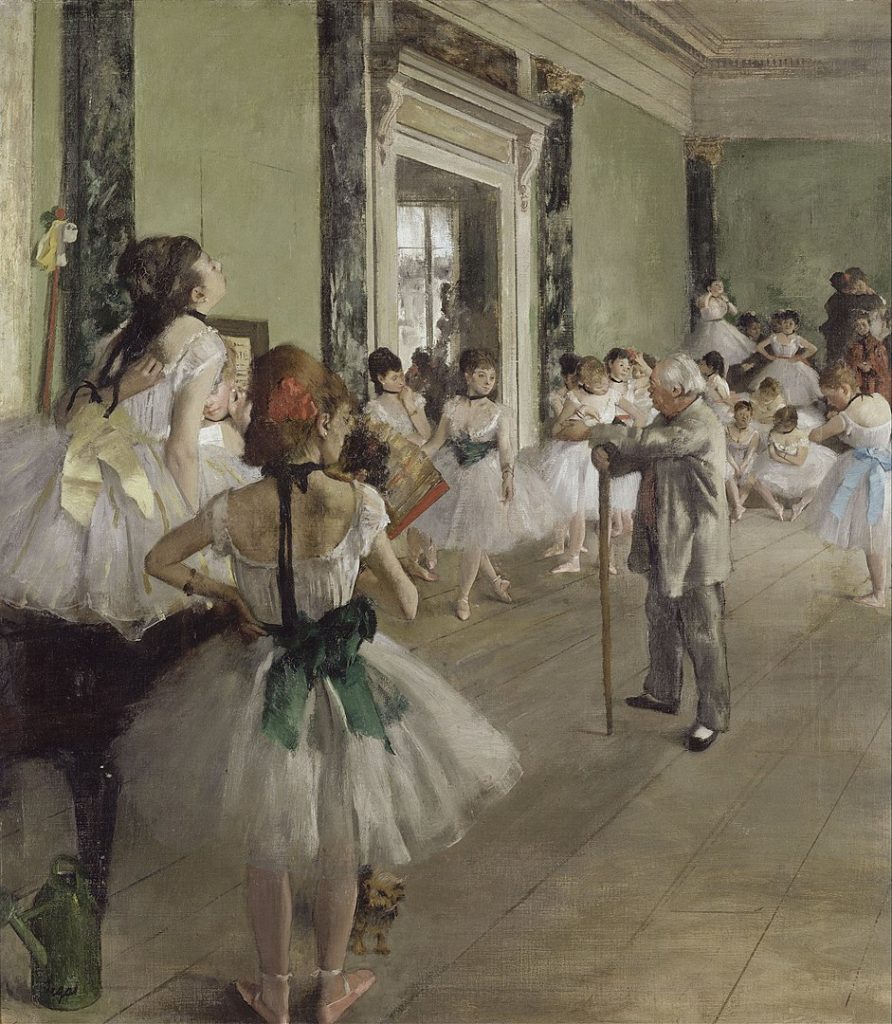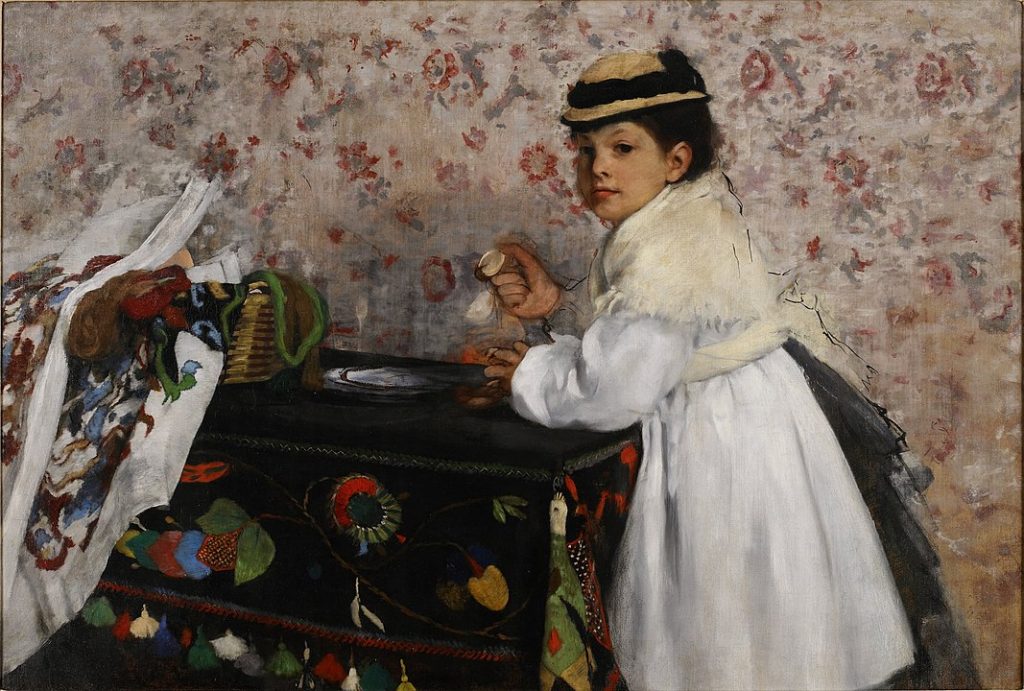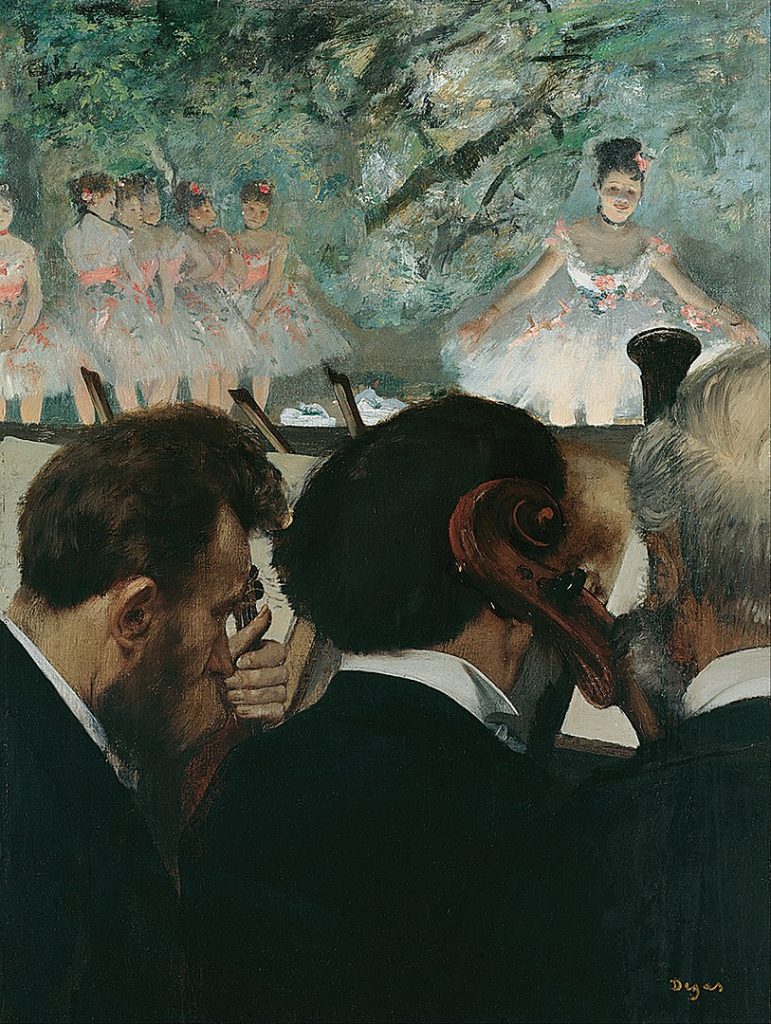
Edgar Degas (1834–1917) was a French artist renowned for his contributions to the Impressionist movement, particularly his depictions of ballet dancers, horse races, and everyday scenes. Degas was not only a painter but also a sculptor, printmaker, and a keen observer of modern life. His work is characterized by its innovative compositions, use of light, and exploration of human movement.

- Early Life and Education: Born in Paris on July 19, 1834, Edgar Hilaire Germain Degas came from a prosperous family. He initially studied law but soon turned to art, entering the École des Beaux-Arts in Paris. His early education exposed him to classical artistic traditions.
- Association with the Impressionists: Degas was a pivotal figure in the Impressionist movement, participating in several of their exhibitions. However, he preferred to be called a Realist rather than an Impressionist. His work shared characteristics with Impressionism, but he also had distinct features in his compositions.
- Subject Matter: Degas was known for his scenes of modern urban life, especially those involving the ballet. He captured the grace and movement of dancers in various stages of performance and rehearsal. He also painted horse races, cafés, and everyday moments.
- Innovative Compositions: Degas was a master of composition and often used unusual viewpoints and angles in his work. His interest in Japanese prints and photography influenced his compositions, leading to dynamic and unconventional perspectives.

- Sculpture: In addition to painting, Degas was a sculptor. He created a series of small-scale sculptures, primarily of dancers. The wax and clay models were discovered after his death and cast in bronze, revealing his fascination with the human form in motion.
- Use of Pastels: Degas was known for his extensive use of pastels, particularly in his later years when his eyesight was failing. The soft, vibrant colors of pastels allowed him to capture the delicate nuances of light and movement.
- Private and Reserved Personality: Degas was known for being private and reserved. He never married and had a reputation for being somewhat aloof. His art often reflected his interest in observing people in their daily activities rather than participating in social circles.
- Later Years and Declining Eyesight: In his later years, Degas suffered from failing eyesight, possibly due to retinal disease. Despite this, he continued to work, and his late works often had a more somber and introspective quality.
- Legacy: Edgar Degas left a significant impact on the art world. His innovative approach to composition, use of unconventional perspectives, and his exploration of the human form in motion have influenced countless artists. His work is now celebrated for its unique contributions to both the Impressionist movement and the broader evolution of modern art.
Edgar Degas passed away in Paris on September 27, 1917, leaving behind a rich and diverse body of work that continues to be appreciated and studied today.





